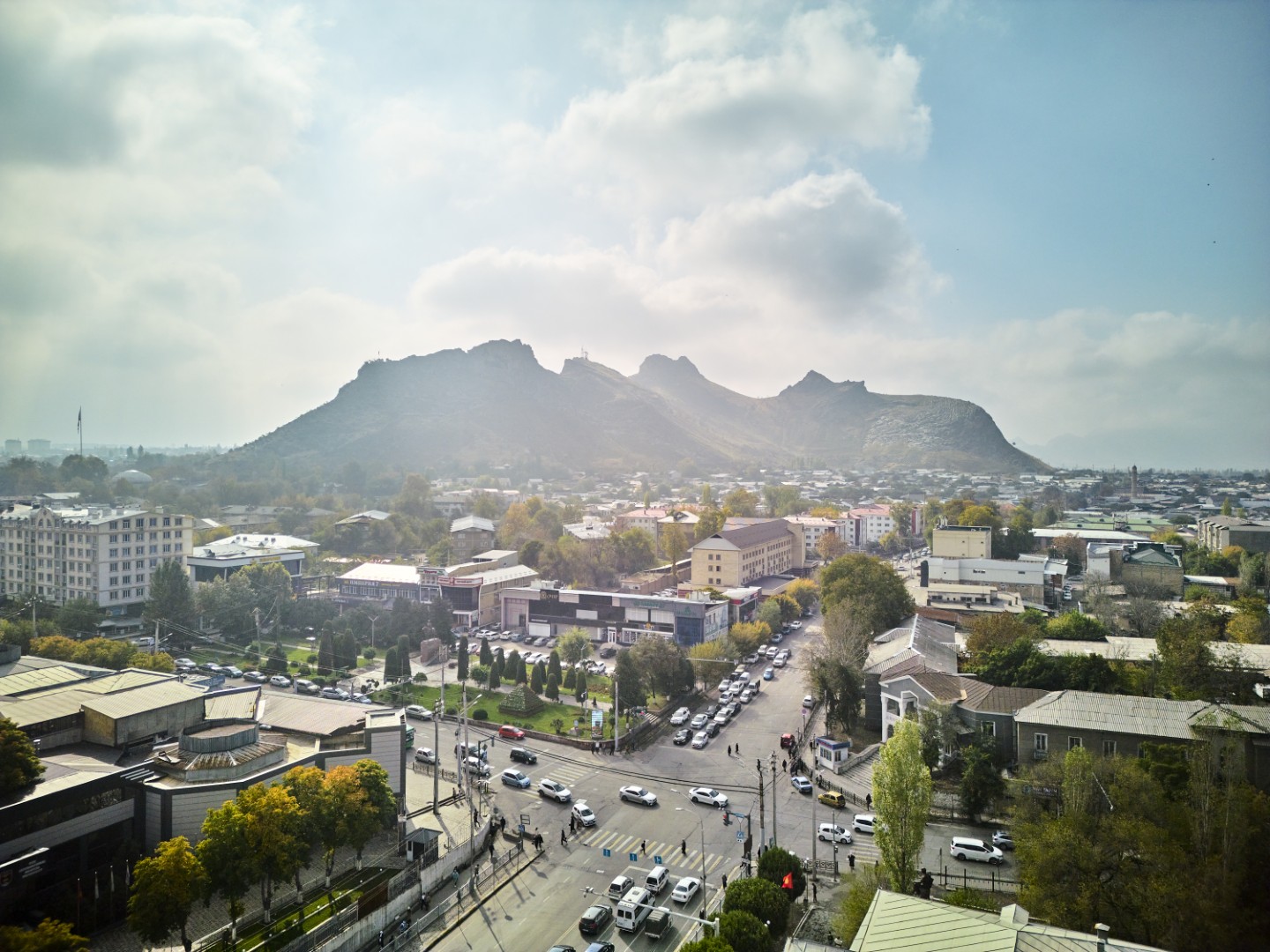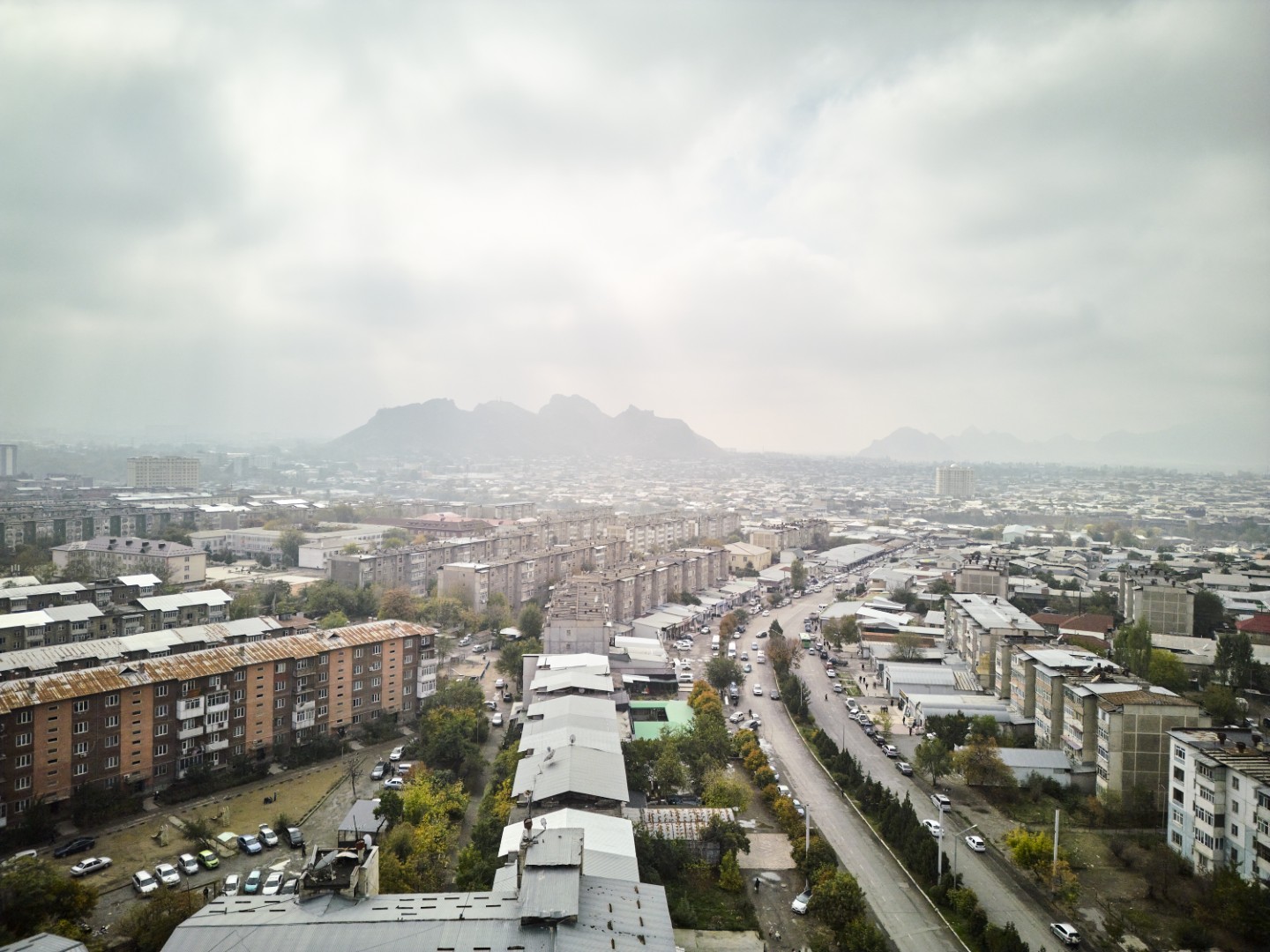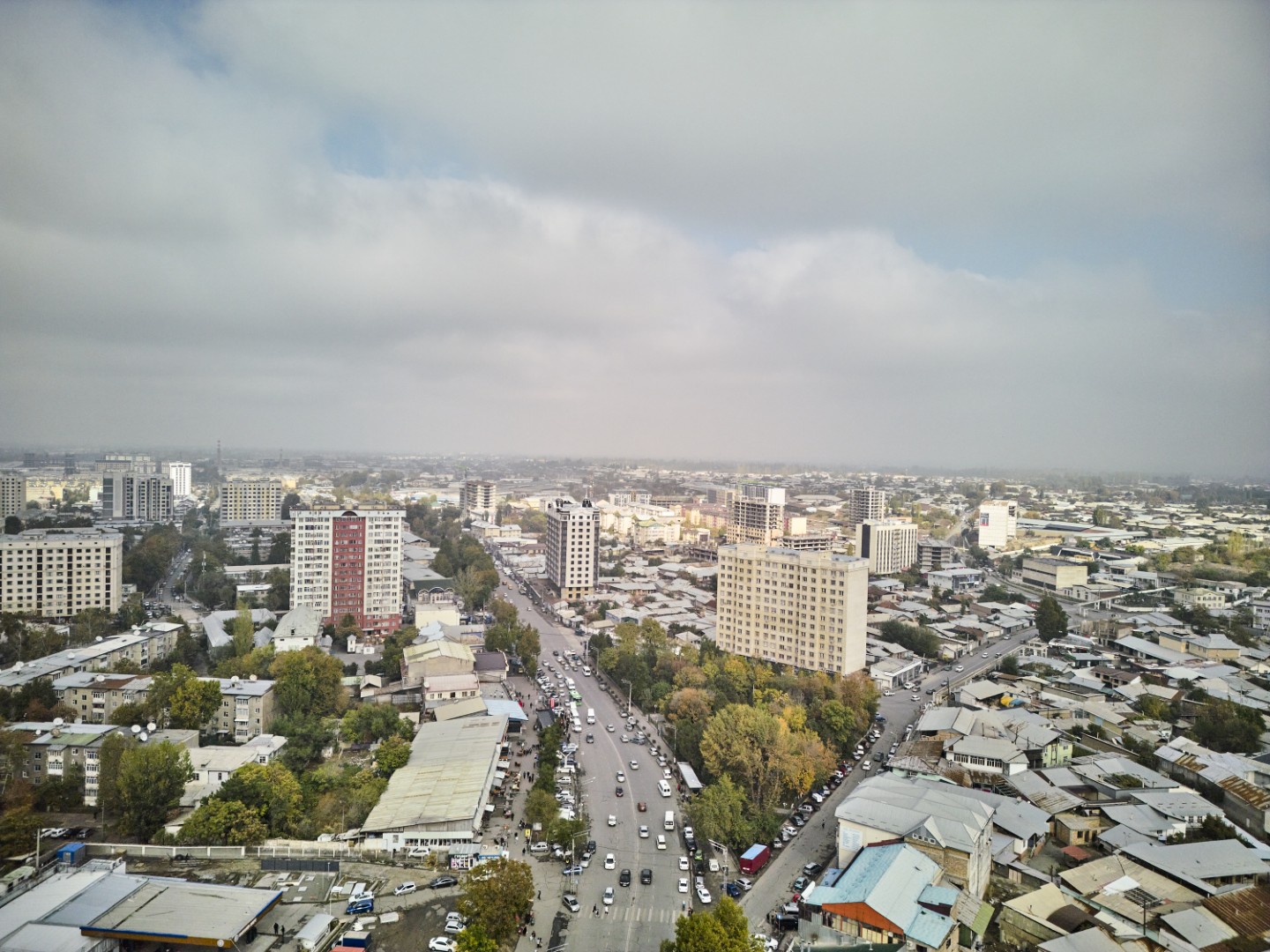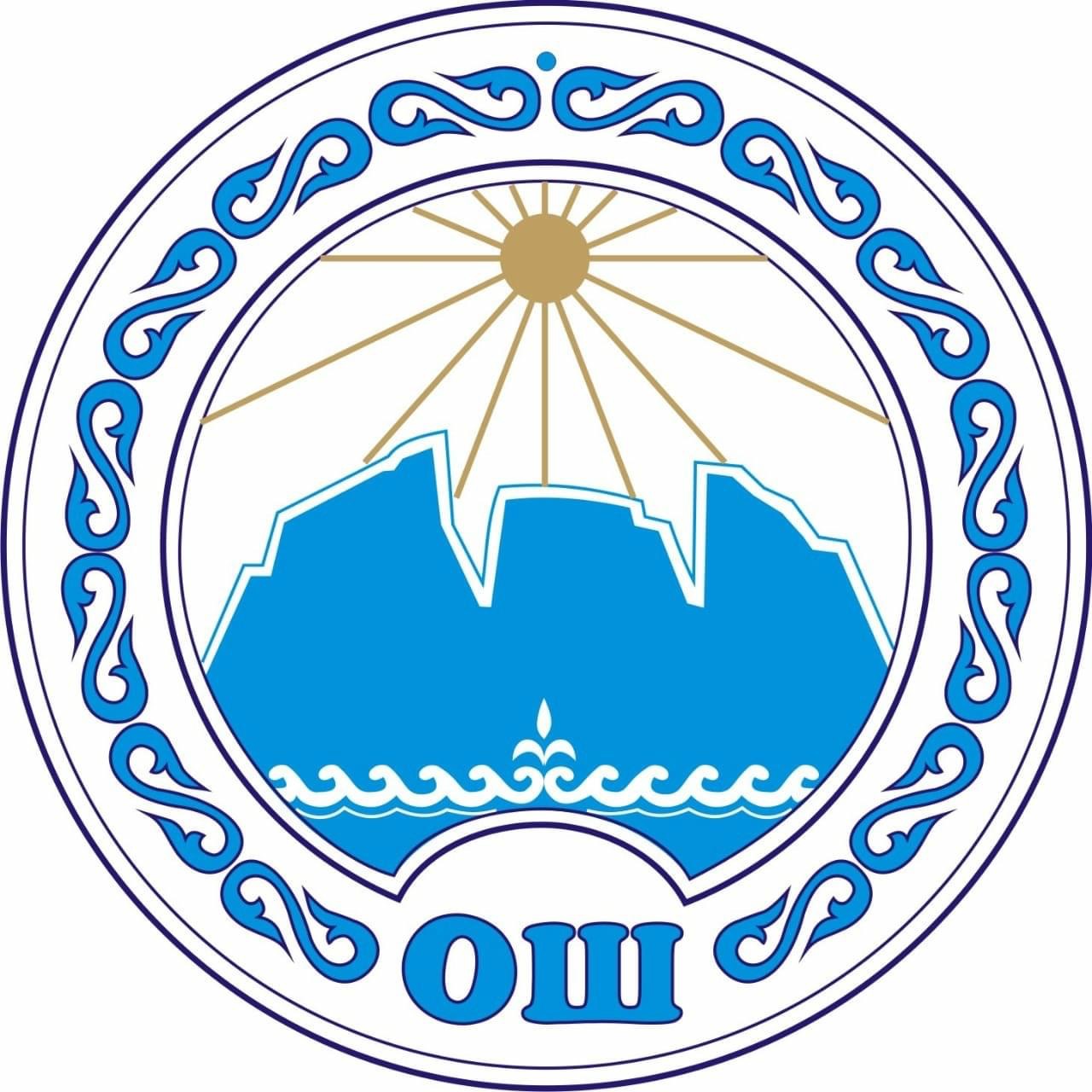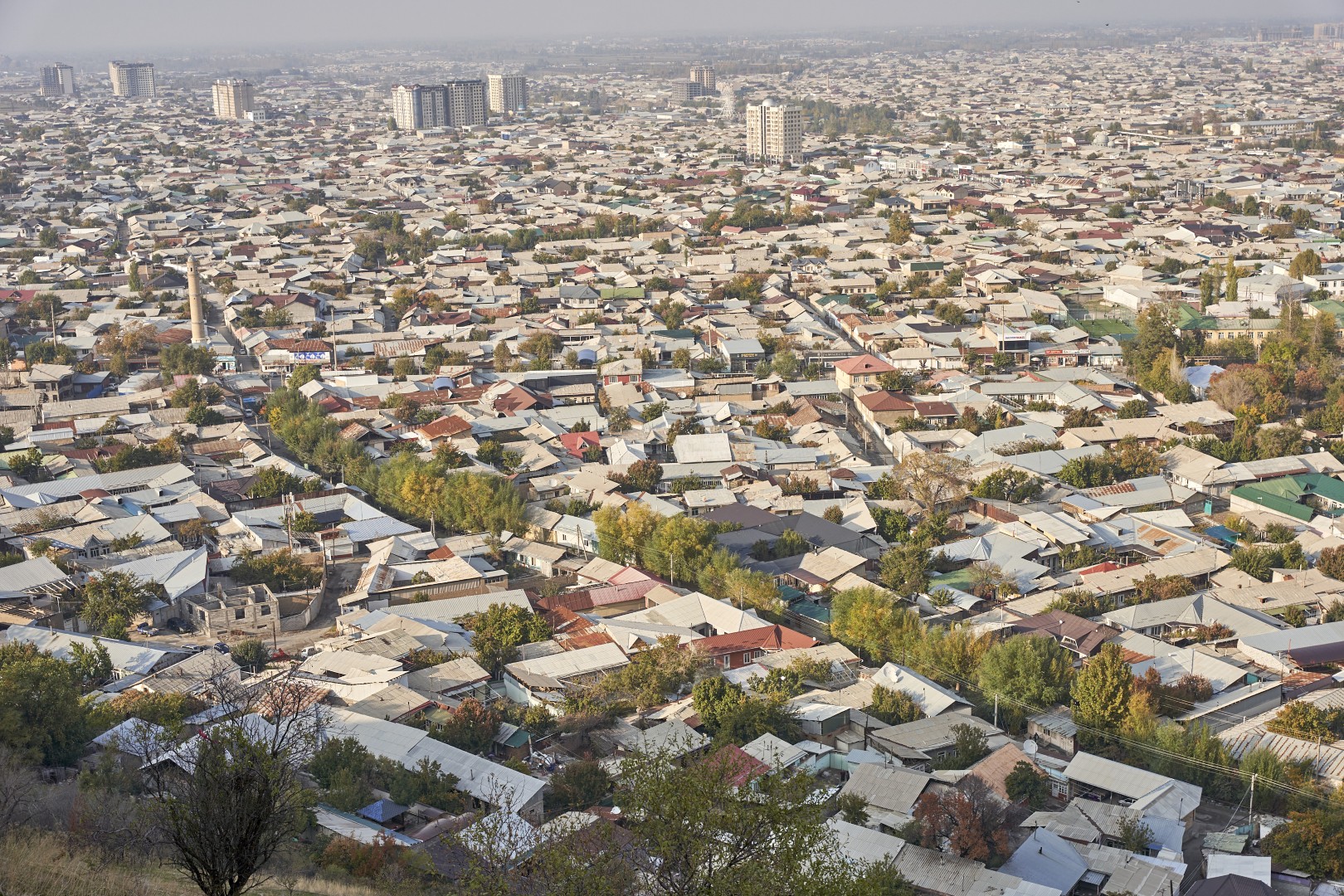
Soviet city near the Alai Mountains
Welcome to Soviet Osh! The current appearance of the city was largely formed during that period. The Second World War delayed the realization of the city’s development projects, planned in the late 1930s. Therefore, the complete general reconstruction of Osh began in 1949.
Welcome to Soviet Osh! The current appearance of the city was largely formed during that period. The Second World War delayed the realization of the city’s development projects, planned in the late 1930s. Therefore, the complete general reconstruction of Osh began in 1949.
Soviet architects Vladimir Nusov and Leonid Kutsemelov focused on the reconstruction of one-storey buildings and the development of the first urban microdistricts. Unfortunately, many historical sites were simultaneously destroyed, especially ancient mosques and madrasahs.
In 1965, the first large-panel houses appeared in Osh. They were also called “Khrushchev apartments” in honour of the former head of the Soviet government Nikita Khrushchev. During this time, the main Osh microdistrict “Cheryomushki” (today “Suleiman-Too”) was completed and resembled the well-known Moscow microdistrict of the same name.
The second planned reconstruction of Osh began in 1970, timed to coincide with the celebration of the 50th anniversary of the Kyrgyz SSR. The appearance of the central parallel Lenin and Sverdlov Streets (now Kurmanjan Datka and Lenin Streets, respectively) was almost completely changed. On the site of the old residential mahalla at the northern foot of Suleiman Mountain, a monument and a stone plaque of honour were installed. Today this area boasts a plaza with a fountain and an eye-catching three-storey yurt. During these years, a new terminal at the Osh airport, two theaters, and other facilities were built in Osh, many of which emulated the buildings of the capital, Frunze (now Bishkek).
In 1983, Osh’s first skyscraper, a seven-storey residential building with the only elevator in the city, was unveiled. Young Osh residents, ignoring the prohibitions of adults, rode the elevator together until the lift operators began to complain.
In 1985 the master plan for the city’s layout was adjusted, but it was never implemented due to the collapse of the USSR. It is noteworthy that all city planners throughout the Soviet period took into account Osh’s special location at the foot of Suleiman Mountain, and ensured that the mountain was visible from everywhere.

Other Experiences
-

Soviet city near the Alai Mountains
Welcome to Soviet Osh! The current appearance of the city was largely formed during that period. The Second World War delayed the realization of the…
-
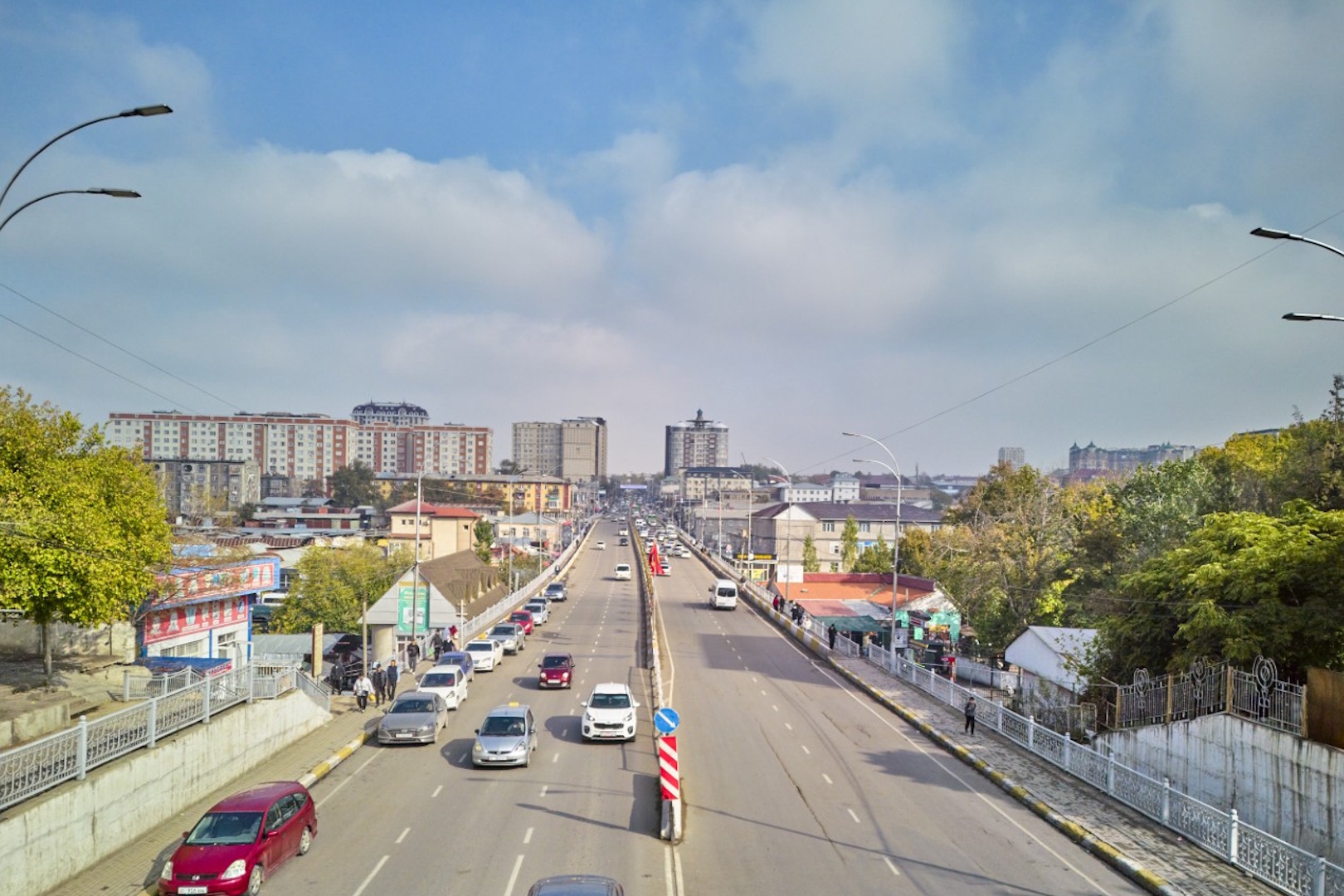
The road to the Pamirs starts in Osh!
The Pamir Highway begins in Osh! The Pamir Highway, one of the highest mountain routes in the world, is an extraordinary landmark and starts right…
-
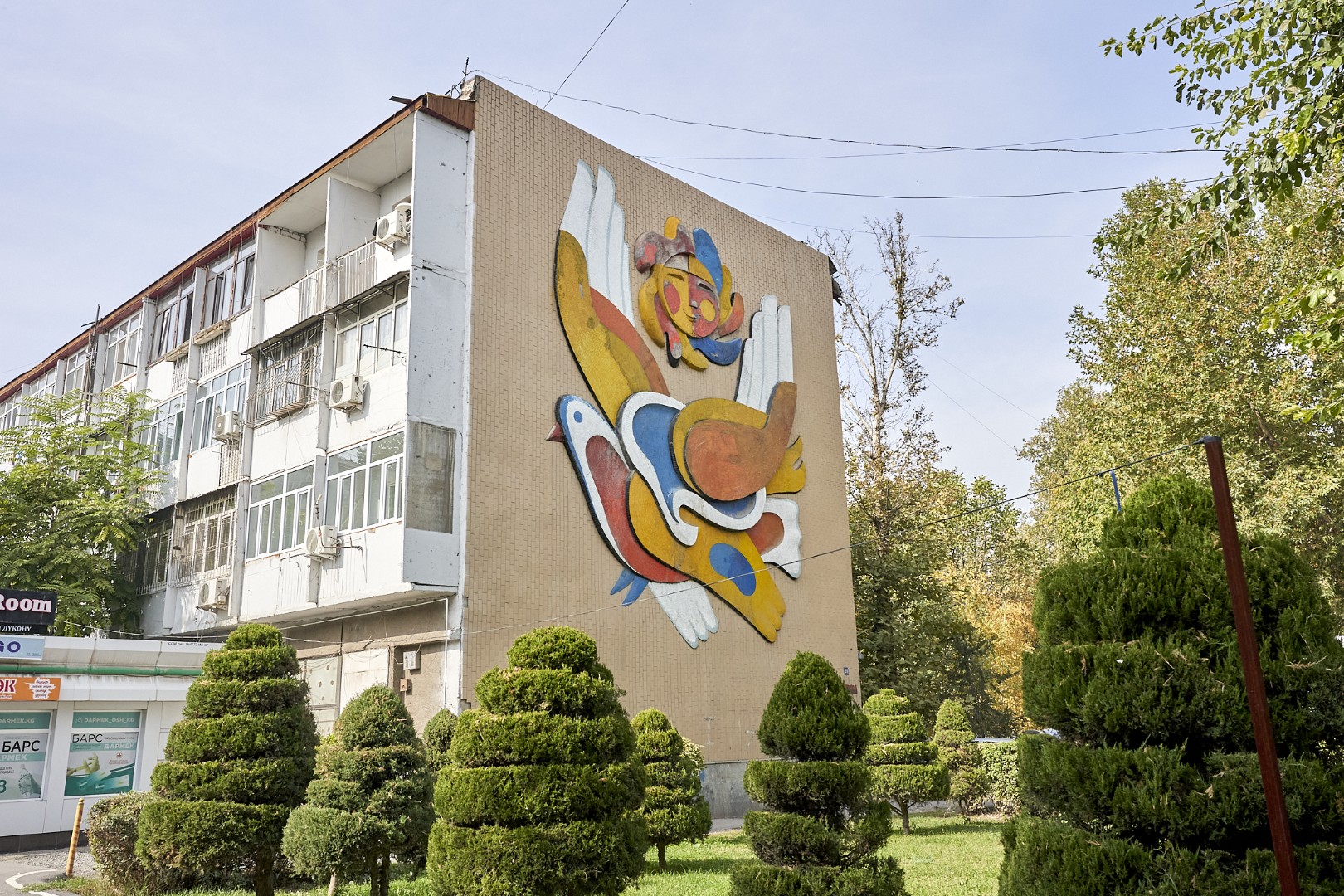
Mosaics as symbols of the era
Monumental mosaics, still preserved on some buildings in Osh, are an instantly-recognizable hallmark of the Soviet period in the history of the city. The first…
-

Bridges and Ak-Buura
Osh is a city of countless small bridges. Walking around the city, we often do not notice that we are crossing them, and that below…
Other Locations
-

Shashlik!
Shashlik! This delicious dish, beloved all over Central Asia, is an Osh specialty for good reason. Almost every cafe offers many kinds of shashlik. There…
-
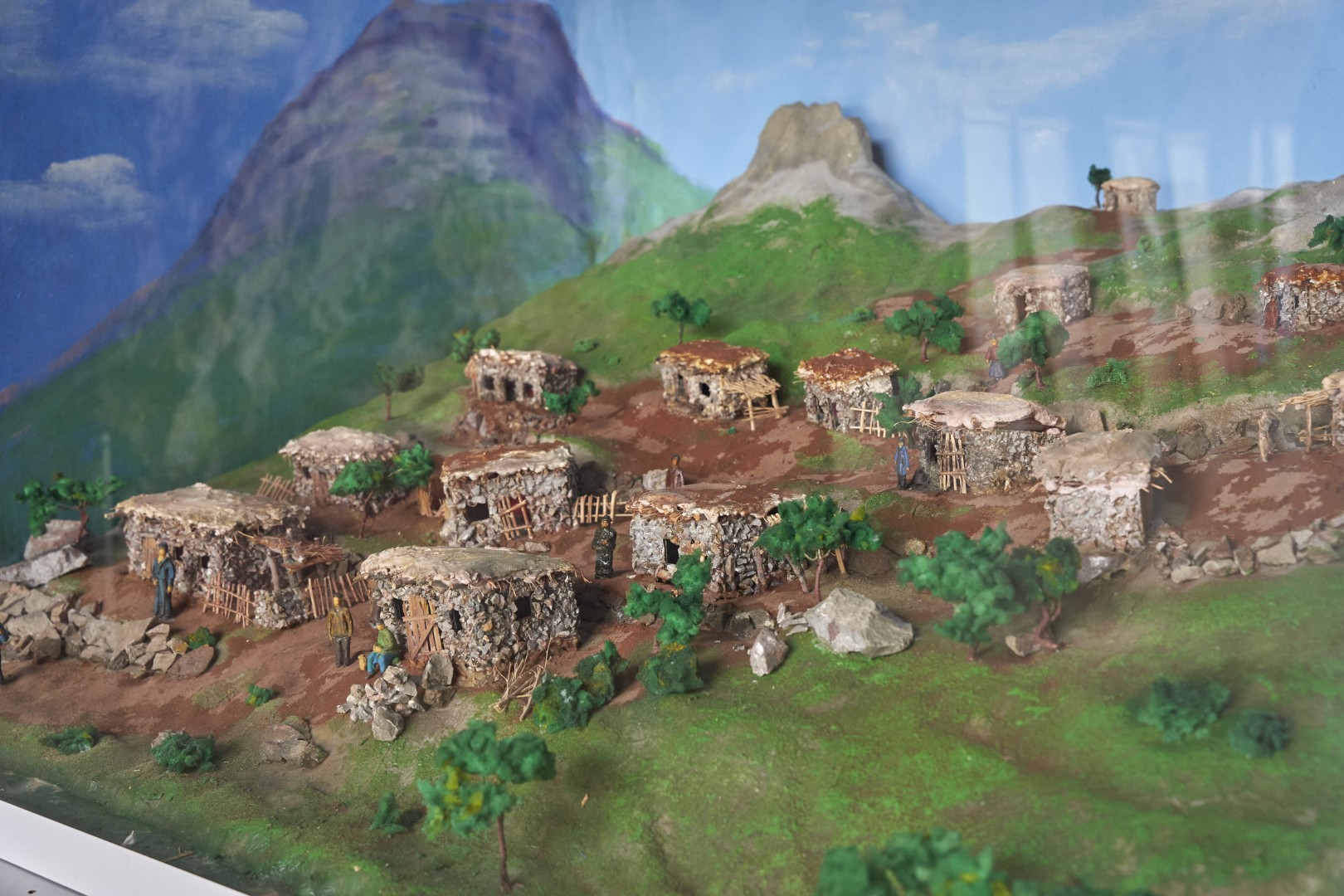
The beginning: Osh settlement
In 1967, Elena Druzhinina, the Head of the Pre-Soviet History Department of the Osh Regional Local History Museum, found fragments of ceramics identical in origin…
-

The road to the Pamirs starts in Osh!
The Pamir Highway begins in Osh! The Pamir Highway, one of the highest mountain routes in the world, is an extraordinary landmark and starts right…
-

Gate of Fire at Suleiman Mountain
Ancient Osh with its majestic Suleiman Mountain has a magic power, attracting adherents of various religions and beliefs, serving as a place of pilgrimage for…
